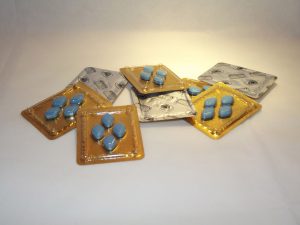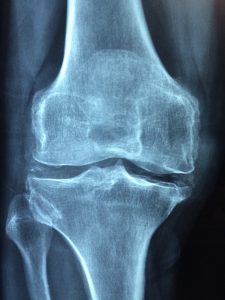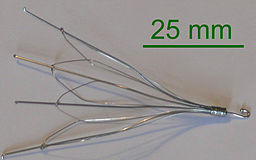 Let me get right to it: Judge Clay Land has a point. On September 7, 2016, Judge Land issued a blistering Order in the Mentor Corporation ObTape Transobturator Sling Mesh multi-district litigation. In a nutshell, he wrote that he was fed up with frivolous claims. Judge Land stated that he will consider money sanctions against plaintiffs’ lawyers who file and pursue lawsuits in the MDL that they know have no merit or which suffer from some fatal flaw. A fatal flaw could be the passing of the statute of limitations, or the failure to find an expert who can testify that the transvaginal mesh product caused the specific injuries to the plaintiff. In those cases, Judge Land writes, the plaintiffs’ lawyers ought to know better, and should not bring the claim in the first place, or should at the very least dismiss the action when the lawyer discovers a flaw in the case which is fatal to gaining a recovery.
Let me get right to it: Judge Clay Land has a point. On September 7, 2016, Judge Land issued a blistering Order in the Mentor Corporation ObTape Transobturator Sling Mesh multi-district litigation. In a nutshell, he wrote that he was fed up with frivolous claims. Judge Land stated that he will consider money sanctions against plaintiffs’ lawyers who file and pursue lawsuits in the MDL that they know have no merit or which suffer from some fatal flaw. A fatal flaw could be the passing of the statute of limitations, or the failure to find an expert who can testify that the transvaginal mesh product caused the specific injuries to the plaintiff. In those cases, Judge Land writes, the plaintiffs’ lawyers ought to know better, and should not bring the claim in the first place, or should at the very least dismiss the action when the lawyer discovers a flaw in the case which is fatal to gaining a recovery.
The worst transgression identified by Judge Land is when the product manufacturer seeks “summary judgment” in a particular case and the plaintiff’s attorney simply throws in the towel on the case and does not even bother to show up for the court hearing. In those cases, even though the plaintiff is inevitably going to lose the case, the judge and the law clerks and court personnel and defense attorneys still have to show up and do the work of handling and deciding the motion.
 North Carolina Product Liability Lawyer Blog
North Carolina Product Liability Lawyer Blog










